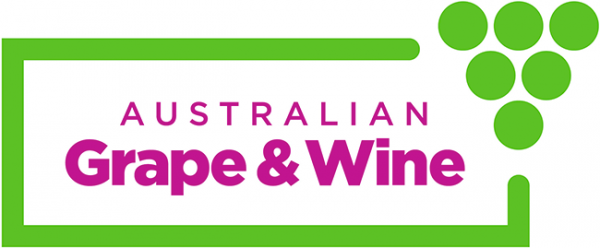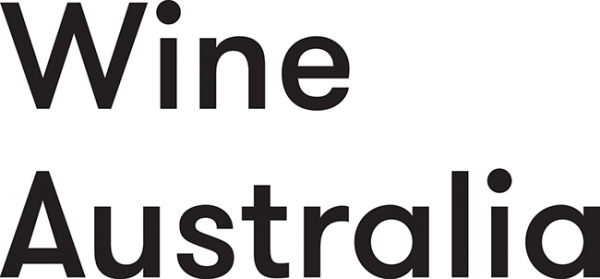| Dr Dimitra Capone
|
Tell us a little about yourself I am currently an ARC Research Associate in ARC Training Centre for Innovative Wine Production at The University of Adelaide. In this role I am working closely with the Coonawarra region and the CSIRO to define the drivers of regional distinctiveness in Cabernet Sauvignon, so that it can be preserved or enhanced. I have had an expansive career in wine research, being previously employed at The Australian Wine Research for over two decades. I have worked on many aspects of aroma and flavour chemistry ranging from the identification of flavour and taint compounds, to the development of methods to quantitate them in order to probe their formation and fate.
What attracted you to your current role The prospect of further developing my skills both in research and as an educator, and being part of an exciting new Training Centre for Innovative Wine Production will enable me to accomplish this.
Tell us about an interesting finding in your current or past research. One particular project that half of my PhD was based on involved determining the predominance of 1,8-cineole, commonly known as eucalyptol, in Australian wines and identifying its origin. This work showed that out of 146 commercial Australian red wines surveyed, 40 % of them contained 1,8-cineole above its reported aroma detection threshold. I was able to confirm its origin through hydrolytic studies and winemaking trials and was able to provide knowledge to the industry on how to modulate this character in their wines. Additional experiments were carried out to determine that it was extremely stable in wine and that synthetic closures were unable to significantly scalp this flavour so once present in the wine it will not disappear and may become even more prevalent over time once the fermentation esters disappear.
What inspires you? Carrying out research that has a beneficial outcome for our thriving wine Industry. What or whom do you look up to the most and why? I look up to our winemakers, viticulturists and other industry personnel for continuing to be innovative and passionate about their products and continually working with researchers like me on many interesting projects. This brings a great deal of purpose to our projects and is extremely satisfying.
Outside of your work, tell us some interesting facts about yourself I have a large family and enjoy spending time with them, and when time permits, I enjoy going to the beach as much as I can.
What is the best piece of career advice you've been given? You can achieve anything you want to if you put your mind and hard work into it.
What advice or recommendation do you have for students interested in a career in wine science? I would highly recommend a career in wine science because the passion that the people have in the industry is incredible and I have met some of the most interesting and lovely people. Also, the wine industry is highly innovative and there is still so much to learn. It is an extremely interesting and diverse area to study from the vineyards, to the grapes and then the wine, and so much in between.
How long have you been a member of ASVO and why would you recommend ASVO to your colleagues? I have been an ASVO member for the last five years and I highly recommend joining as it gives you an opportunity to network with many other likeminded people, including other wine researchers, winemakers and viticulturists. It keeps you up to date with the latest in the industry and provides discounted members pricing for attendance to various seminars, workshops and conferences.
What has been or will be your Membership contribution? My most recent contribution is joining the Australian Journal of Grape and Wine Research advisory committee, which has been a highlight for me.
What other organisations do you contribute to? I’m also a member of the American Chemical Society (ACS) and I have presented my research at their conferences on a number of occasions as well as being a co-organiser of a previous Chemistry in wine symposia.










